Art
Shimmering 3D-Printed Sculptures: Meet Light Art Interactive
I was at the Pop Shop Festival; were you? It was so much fun! So. Much. Shopping!
While shopping around, I saw a booth with a small table and a pile of cord and clear plastic boxes filled with LEDs so bright I couldn’t look directly at them. So, naturally, I walked up to it to check it out. The products were all 3D printed and very original. I say “products,” but what Light Art Interactive created was an art installation! They are a partnership that is strong through intellectual entrepreneurship and trust in experimentation.
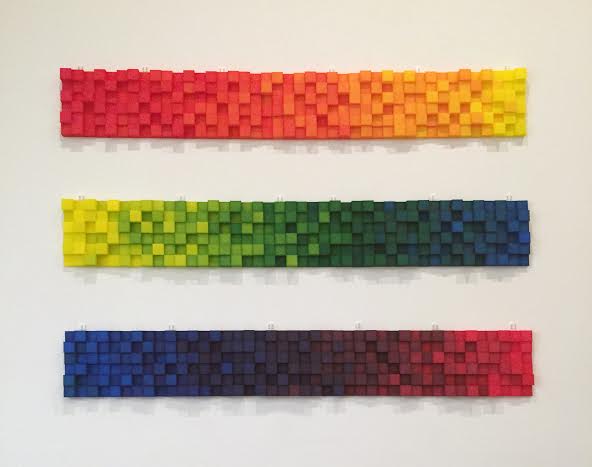 Image by Erick Calderon
Image by Erick Calderon
Check this out… Alongside the blinding light boxes was a 3D pixelated heart-shaped box. (I know, I know.) Only, it wasn’t a box. The bottom detached and was actually a water dish that fed the small flowers that fit into the “pixels” of the heart. Here are some photos so you can marvel at that amazing contraption! Anyway, I actually fan-girl’d so hard, that Mara and Erick gifted the heart-shaped box to me. (Again, I know.)
I was confused but also amazed at the process, so I asked them a million questions and got really excited about their ideas. However, I needed to know more! So, I decided to interview them for you…and for myself.
I guess the most obvious question would be what is Light Art Interactive? How did a business bloom from your initial idea?
Light Art Interactive is what I came up with when trying to wrap my brain around all the random stuff that we were getting into involving color and light.
Tell me a little about your artistic background. How did the both of you get here?
Nothing official actually, embarrassingly. My background is strictly in business and entrepreneurship. Mara’s background is architecture. I actually never considered myself an artist because I couldn’t do squat with a brush. My brother and sister are amazing with their hands, and I just felt like it wasn’t for me. So I never really considered myself an “artist” until recently when I’d make stuff and people would tell me they like it. Speaking for Mara, I think to be a good architect it’s critical to have a good eye for graphics and design. So her part of the Light Art Interactive partnership is graphic design. It originated from getting good feedback from the save-the-dates that we sent out for our wedding. Since then she’s dedicated a ton of time to perfecting her skills with a laser cutter and coming up with cool, dynamic, and interactive designs.
What’s your studio like?
Well, our studio is currently the guest bedroom of our home. We have a desk, plenty of good cardstock and a knife based paper cutter for larger cuts and testing. There are also two Makerbot 2X 3D printers that I ended up acquiring as a result of the Sebbo Lights Kickstarter campaign which I’ll describe later. The 3D printers are constantly running, making all sorts of weird stuff.
Tell me about your team.
It’s just us! We both have full time jobs, so we just do this stuff after work for fun. We really didn’t expect to sell anything at Pop Shop. In fact, I was blown away that one dude actually bought one of my lamps! But we wanted to see what people thought of our work, and overall, the response was pretty awesome. I think we’ll get some hashtag work out of it at the very least!
What inspired you to get into 3D printing?
Mara can confirm that when I first met her I’d always say that I was just looking for that one excuse to buy one. I really had no need for one. In fact, I kind of thought they were pointless, mainly due to seeing pictures of all the pointless things people would make with them. Don’t get me wrong, the little plastic action figures and statues were cool, but the satisfaction of making one did not exceed the cost of buying a printer. So, after my Kickstarter campaign was funded I ran into a problem where I needed a battery case to make the Sebbo safer to wear on your wrist as well as a couple of plastic reinforcement pieces for the connector. These were not feasible to make with injection molding (which was my original plan) and the mold costs were going to cost the same as the printer so I decided to go for the printer and make the pieces myself. Which made sense but then after printing a few pieces I realized that at the rate that it prints (it is the slowest thing in the world) I would have to have two printers to be able to get backers their Sebbos in the promised time frame.
Could you tell me more about your 2013 SEBBO Kickstarter?
I could write a book about this*haha*. My friend Sebastian and I took an introduction to Arduino class with Roland at TX/RX Labs, and at some point during the class he thought it would be a good idea to make a bracelet that lights up. I thought it was a ridiculous idea, but he did some research and made a super crude prototype. I remember the first time he turned it on and turned the lights off in his room. I thought I had never seen anything that beautiful. So I jumped all over it and decided to take it upon myself to actually manufacture them professionally! It was one of the most difficult things I’ve ever done. I’m not totally happy with the finished product, but I am super satisfied with the experience, altogether. It was the best lesson I ever learned. Ultimately, I lost about $10k on the whole deal over the three years, from research and development, then actual manufacturing. But I look at that as the best $10k I ever spent. The experience gained from creating a product from scratch and seeing it through until the end is pretty rewarding. Anyway, that’s where the circuits came from that were in those weird lamps we had at our booth.(The bright LED boxes!)
Image by Peter Molick via Kickstarter.com
What’s your process like? Do you sketch, use digital drawing programs, eat a sandwich, stretch, etc.?
Haha, stretching is a critical part of course. Mara and I have different processes. I will come up with a million ideas on a weekly basis and bounce them off of Mara. Then, narrow it down to one and just dive in and plow my way through it. Sometimes it works, often it doesn’t come out as I expected. I’ll test a few versions out, and if I’m digging it, I’ll spend the next few weeks or months ironing it out. Mara, on the other hand, is way more thoughtful and meticulous. She’ll start with a concept and refine it further and further until it is just right! Then she starts printing and prototyping.
What makes you most proud about your project?
I think, for Mara and me, it is that we end up making things because that don’t exist. In other words, if they existed we’d just buy them. We’re often frustrated that they haven’t been made or designed yet. We then decide to make them ourselves, and the pride comes from people’s interactions with the objects. For example, my favorite card that Mara made was a laser cut heart with a spinning gradient wheel inside. This was the “save the date” for our wedding and people went wild over the fact that you could make the heart change colors. We are color driven people, and I’m also proud that color defines our projects for the most part.
How do your trial and error runs affect the end result?
With 3D printing AND laser cutting it’s all about trial and error. The cool thing is that, sometimes, the error looks better than the intended result!
Thoughts on long-term business or large-scale production?
I think part of the reason I don’t feel like I can officially call myself an artist is that once I make something that I think looks cool I immediately try to find ways to make it faster and more efficiently so that it can appeal to a broader market. So pretty much everything from the color changing laser cut cards to the 3D printed and painted cubes to the heart vases, like yours, are on the back burner to one day bring them more formally to market. There is a pretty significant jump in capital requirements when going from 3D printed prototypes to mass production. For example the 3D printed cubes piece (attached) took 100+ hours to print and then another 30+ hours to paint. I’ve since decided I wanted to pursue this more seriously; so I’ve invested on making the cubes out of plastic through an injection molding process, which is a fraction of the price, and I can get 30,000 cubes in one day versus just 50 on the 3D printer. My goal is to speed up the process in order to be able to offer to do entire walls of these things for larger scale installations! Although it might be far-fetched, the only way to ever even attempt to make that happen is to be sitting on 30,000 cubes in my garage because if I had to print them, I’d never finish. Also, for example, Mara and I want to make a color changing birthday card. If they are all laser cut at first that’s great, but if we really want to be able to make some money on them, they’d have to be die cut, and the cost of that cut is pretty significant.
As you grow, will you want to lean more towards art or functionality? I know there is a good mix because of the heart-vase idea, but I am wondering what you might want to be recognized for.
Agh! I don’t know! I think both? Is that possible? I want people to see our stuff and interact with it, which leads me in a functional direction. But, then again, I want people to appreciate our stuff as something special and not just an object you can buy at Z Gallerie.
I noticed, through our encounter and through some Facebook scrolling, that as the project grows, your creations become more abstract and playful. Any thoughts on that observation?
I think playful is the key word. Our intention is to make people smile with our projects. And yes, some of the projects have become super abstract!
Hm… What else? I see you did a set up for The Suffers. I also spy an installation from a previous Pop Shop, which I now totally recognize! I loved that! Where else have you had/do you have installations? Are you marketing towards buildings like restaurants or shops, maybe dance halls?
That’s awesome that you recognize our piece from the Pop Shop two years ago! That was one of the first public displays of our work. Actually, I was super excited because I had just launched a (no longer existing) app on the app store that made it so anyone could see what you saw that weekend. It was a little ahead of its time; well, you need a projector and not everyone has one. Plus, they’re kind of a pain to set up, but the end result is pretty cool. One of the many projects we collaborated on, though, was the background for the music video ‘Gwan’ for The Suffers. It was a ton of fun, and we were super honored to be included in their project. I’ve since slowed down a bit with projection mapping, though, mainly due to the how incredibly complicated it is to set up versus how much people appreciate it. We hope to one day find a permanent home for a piece so that all the setup will be worth it… Imagine that… Most of the installations took 40+ hours of programming and 6 hours to set up for an event that lasted less than three hours.
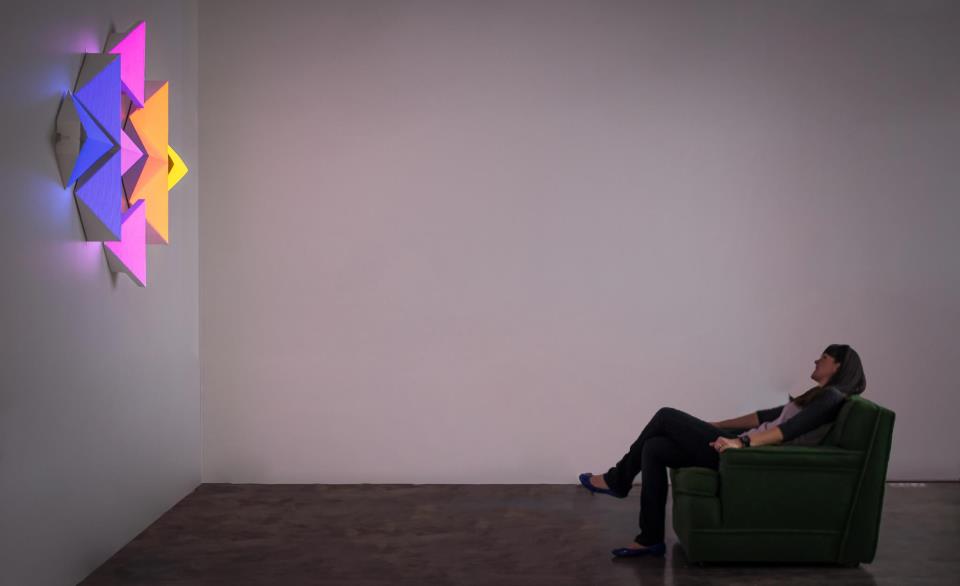
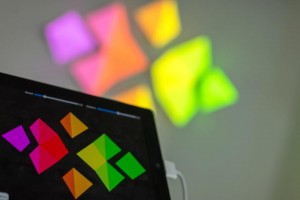
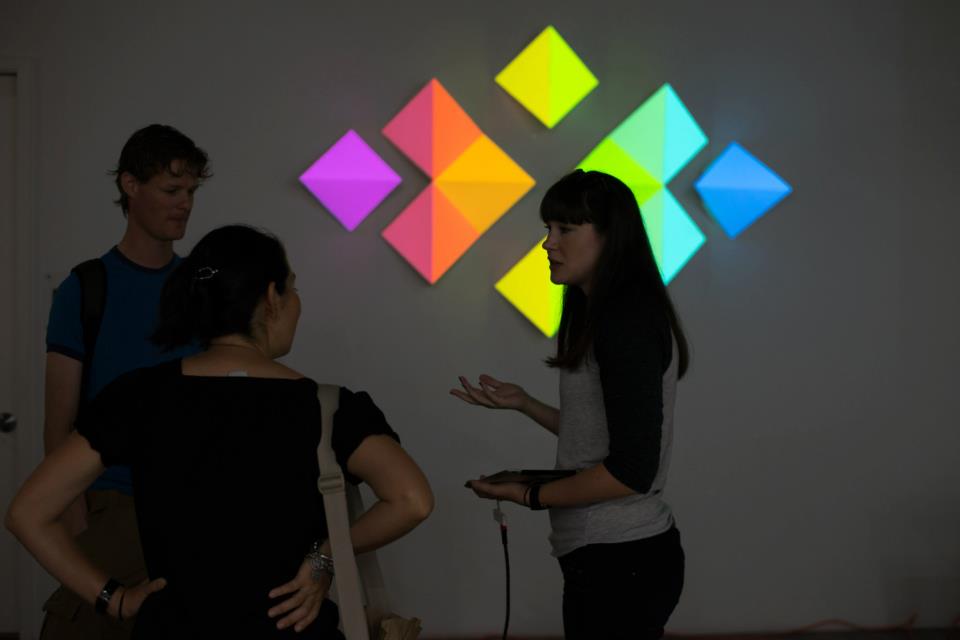
Images by Peter Molick
Wow. Their awesome commitment and work ethic will play an important role in Light Art Interactive’s future in Houston, and we are so excited to witness and be involved in their growth. I appreciate them letting me pry into their minds and taking the time to talk with Pop Shop America. Mara and Erick, you rule!
Let’s Stay Friends!
Insta | Pinterest | Enews | TikTok

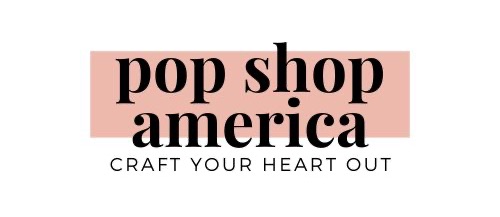
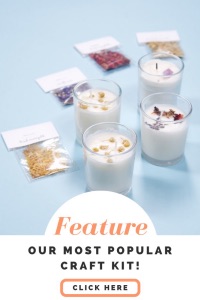
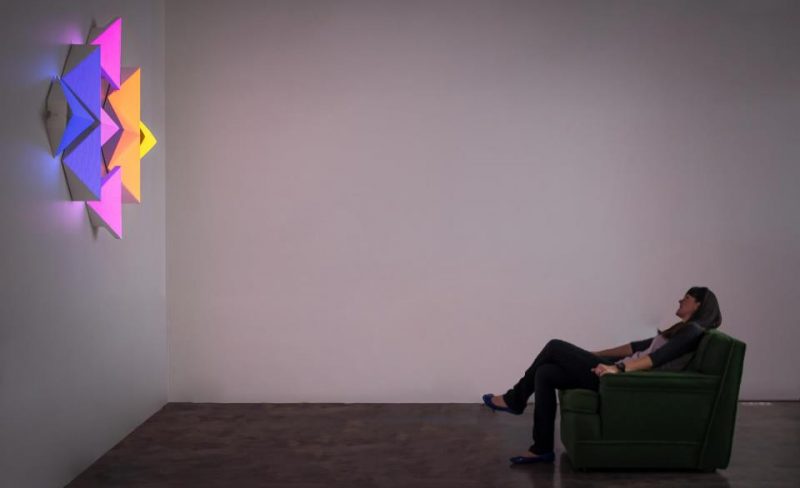
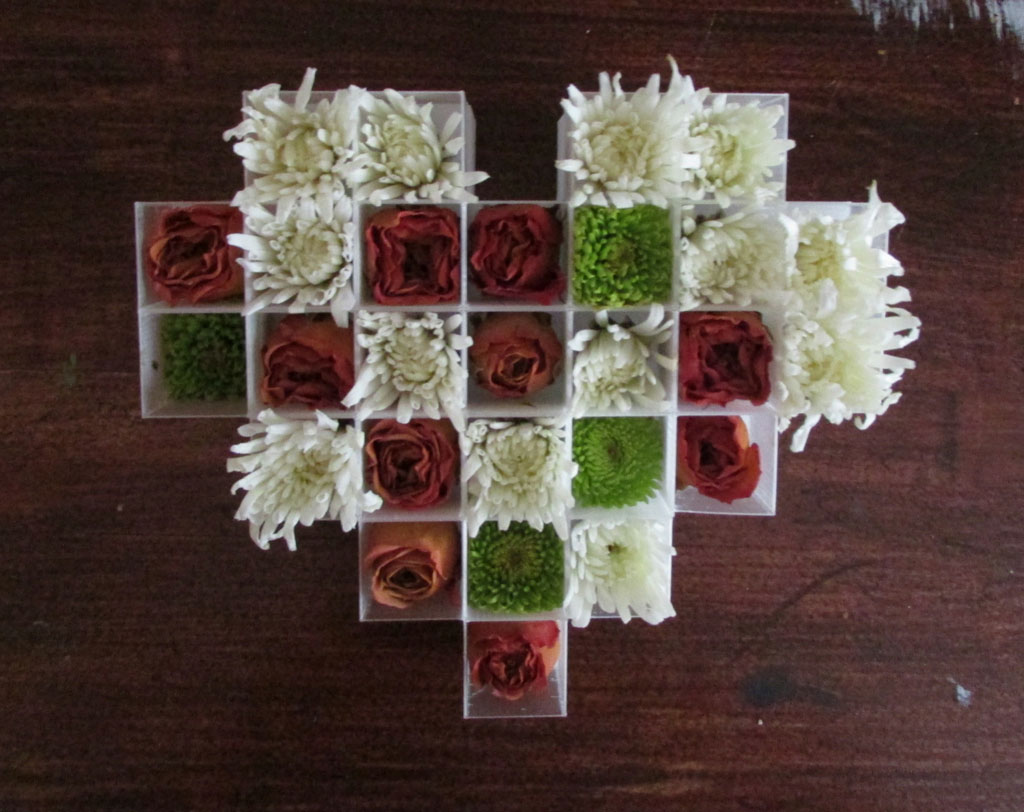
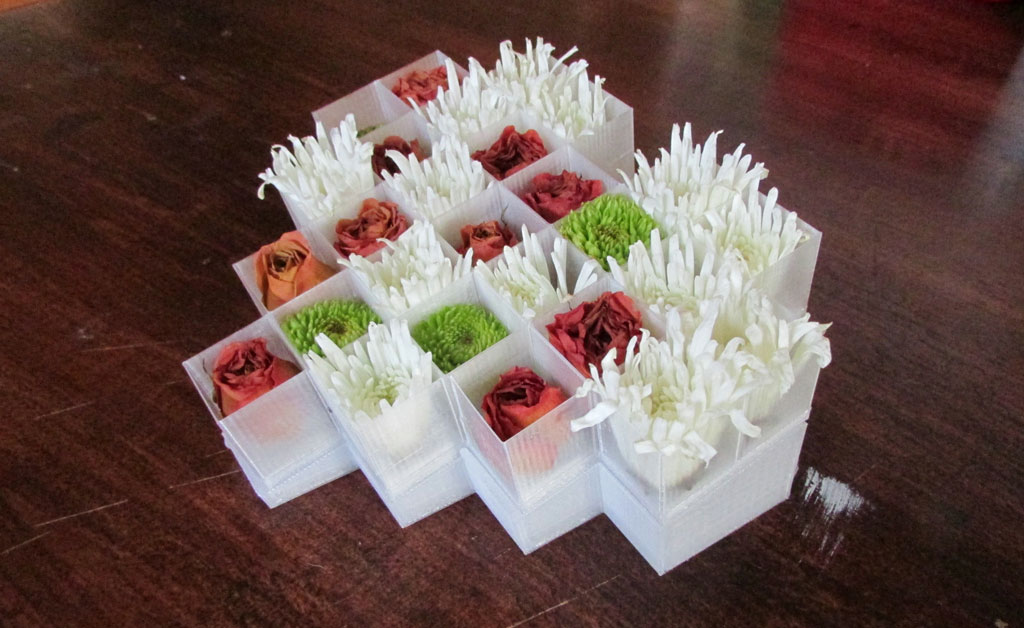
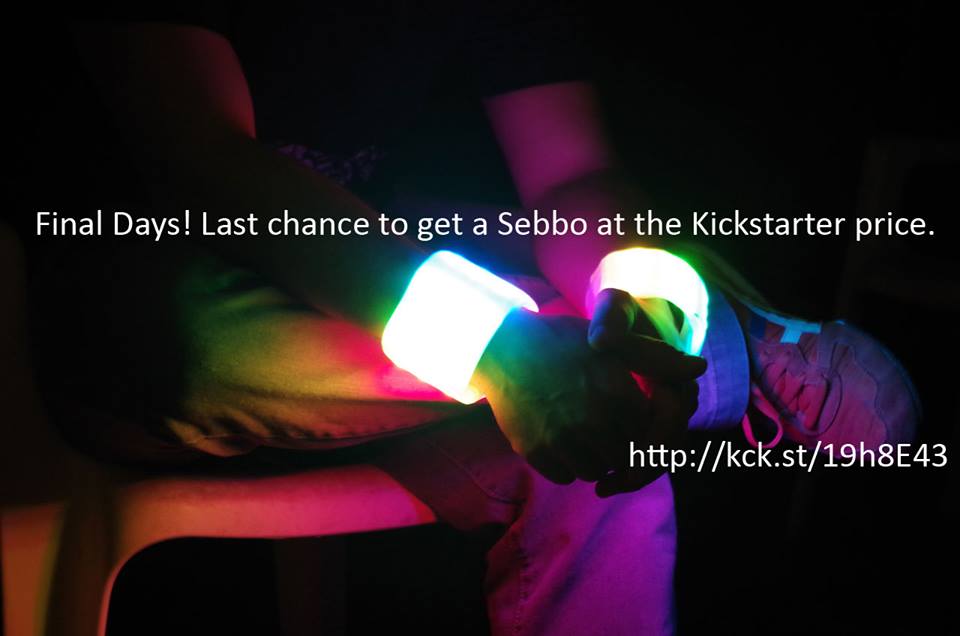
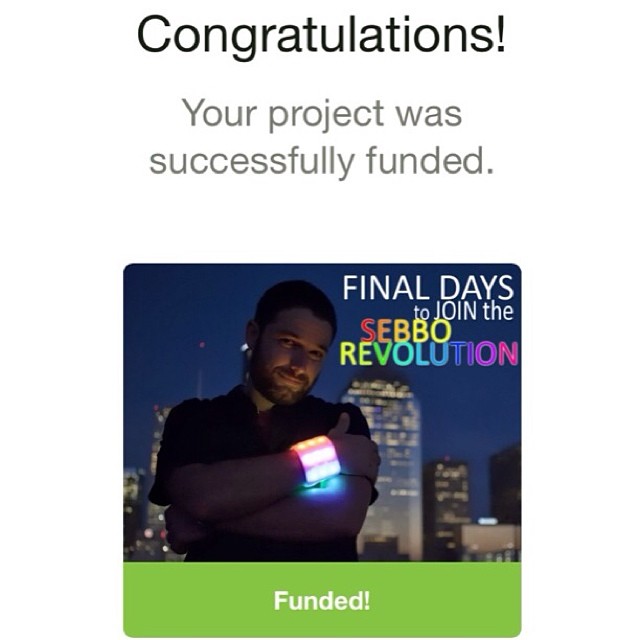
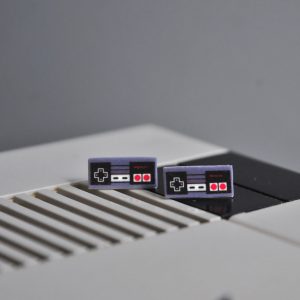
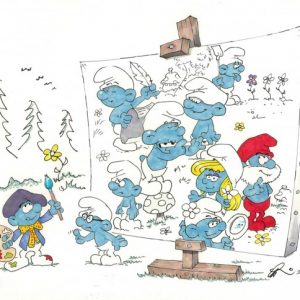
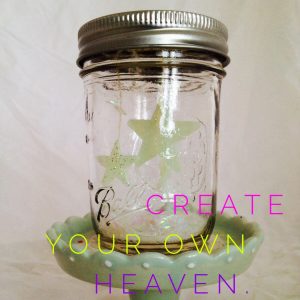
Awesome read.